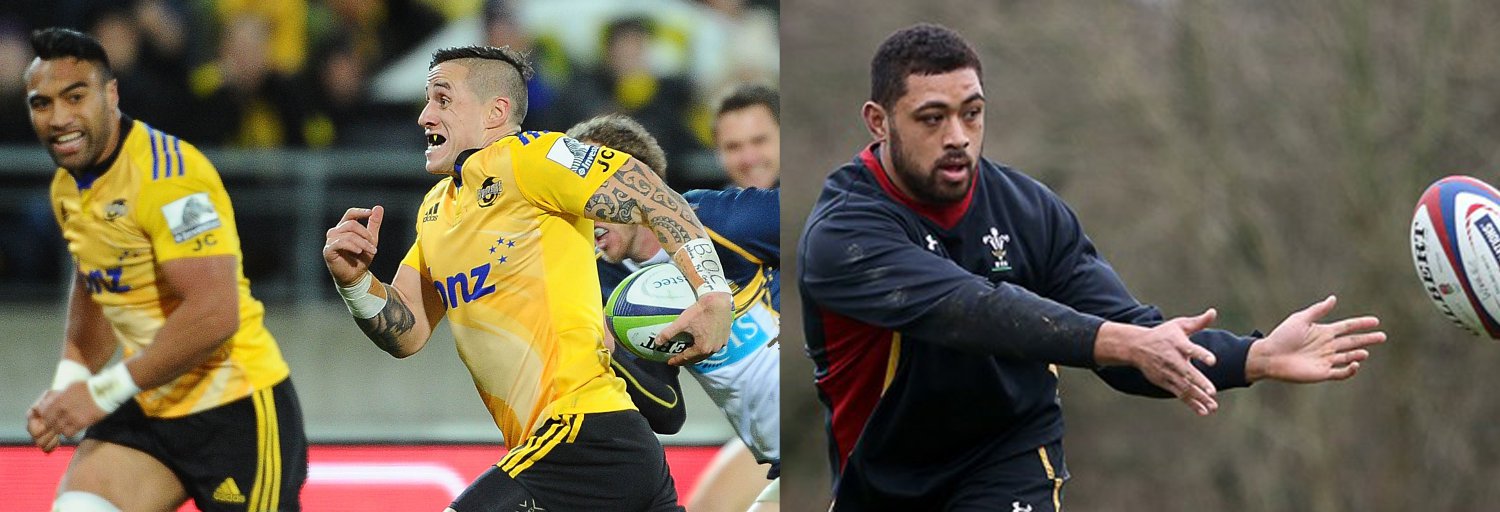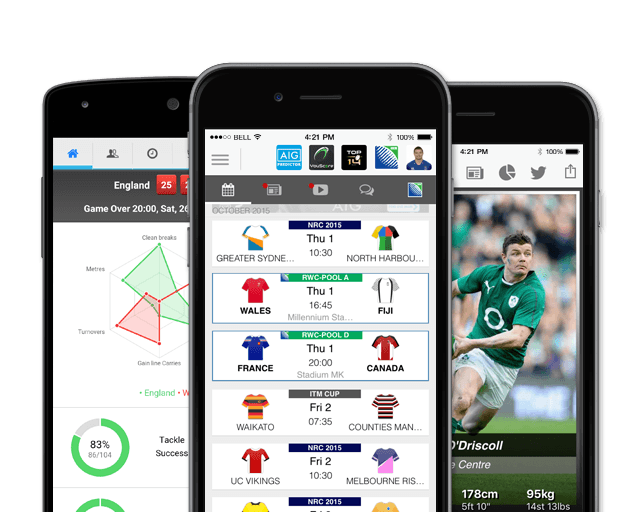Stats Analysis: Super Rugby vs Six Nations
- 3022

According to data compiled by New Zealand journo Andy Fyers, "Super Rugby is as exciting as Piha Beach in full surf rage, whereas the Six Nations is akin to mangrove-riddled mudflats with the tide out and a 2km wade to reach salt water above the ankles."
It is important to mention that the bonus point rules are different which changes player's attitude to the types of game played. It certainly isn't a case of comparing apples with apples.


"So if you like tackles, trench-warfare style attack, rucks, kicks and players passing the ball around with no apparent gain of territory then, Ladies and Gentlemen, we present to you the Six Nations," says Fyers.
“If offloads, long runs, line breaks, tries and backlines set alight by a first-five whose first thought is attack, not putting up a kick, then you’d probably prefer Super Rugby.”
Some mitigation is offered, citing the adverse weather conditions and the added pressure of playing in a short international tournament against Test rivals.
There are however more tackles missed per match (39.33) in Super Rugby than in the Six Nations (30.56) and in the match between Cheetahs and Jaguares last weekend, there were a total of 73 missed tackles were tallied.

On average there was a try every 13mins 20sec in last weekend’s Super Rugby matches. The average time between trys in this year’s Six Nations is 24min 15sec.
Tries accounted for 58% of all points scored in the opening round of Super Rugby compared with 45% in the Six Nations.

There was 11 off-loads by No.10s in the opening round of Super Rugby to just one in the Six Nations, from Italy’s Carlo Canna in their match against France.

Players in Super Rugby games ran for 858m in the opening round, compared with 699 in Six Nations, produced almost twice as many offloads (20.7 to 11.1), seven more clean breaks (16.9 to 10.2) and beat nine more tacklers (39.3 to 30.6).
































